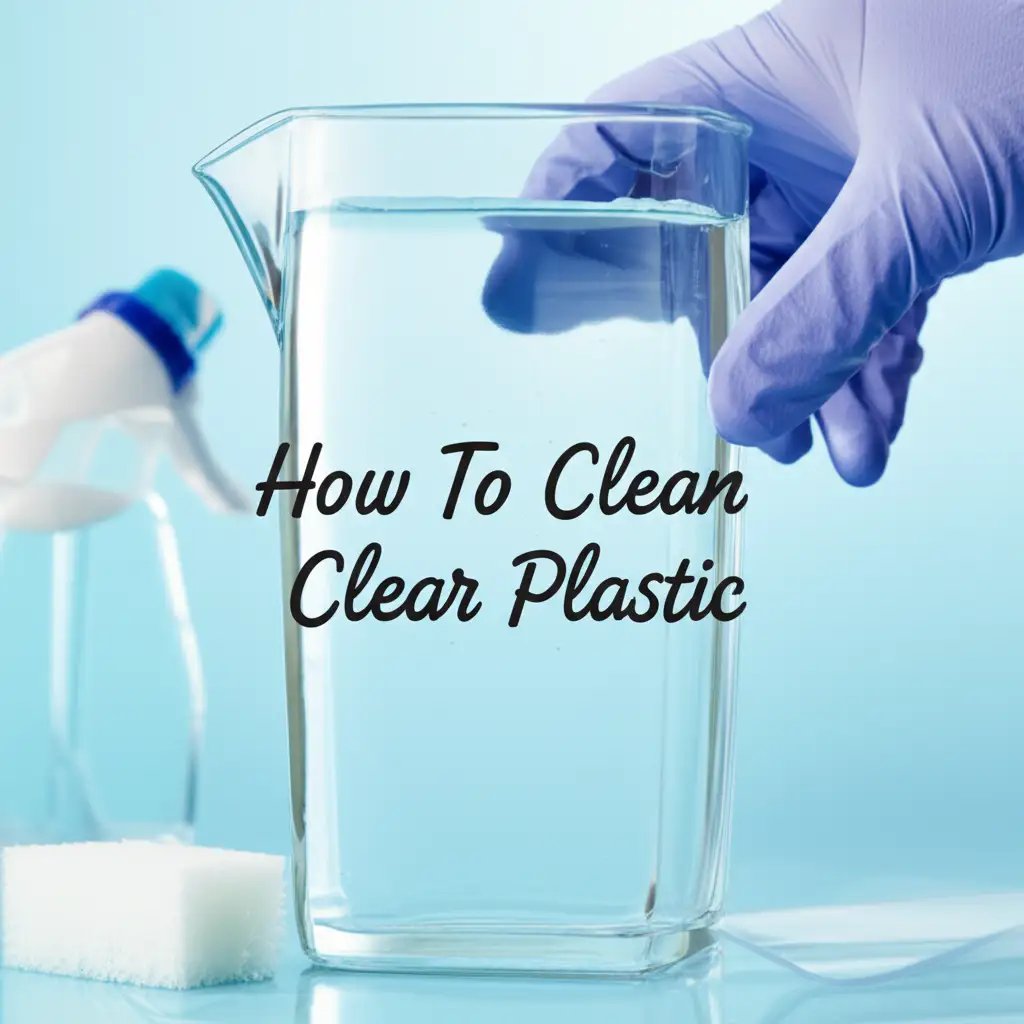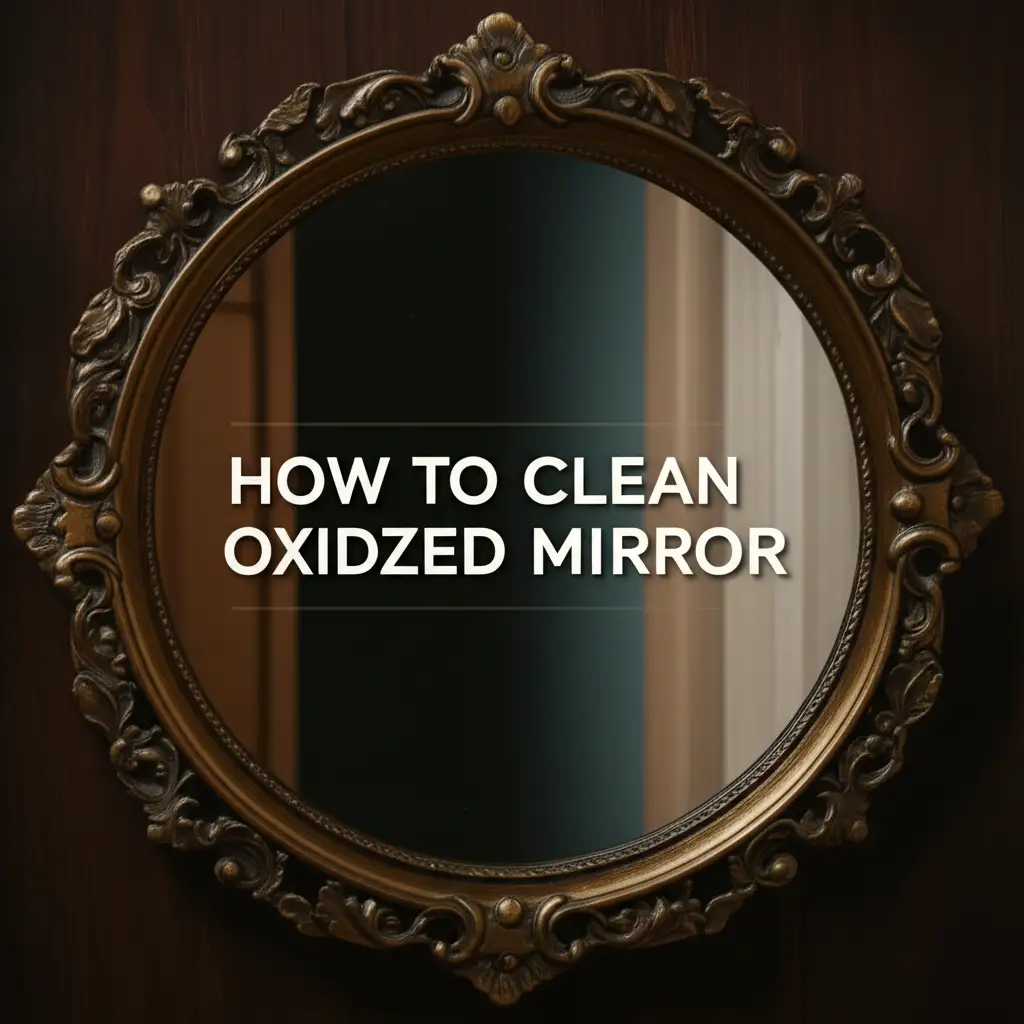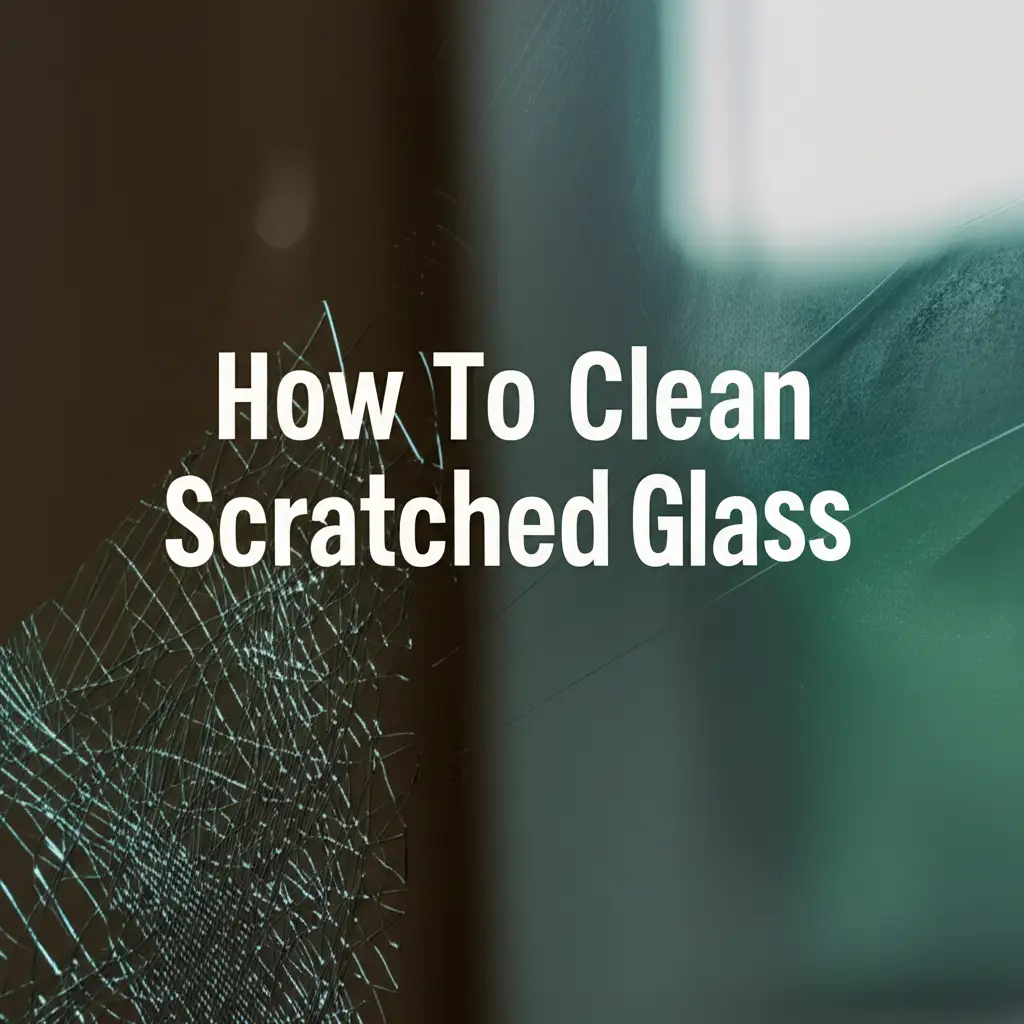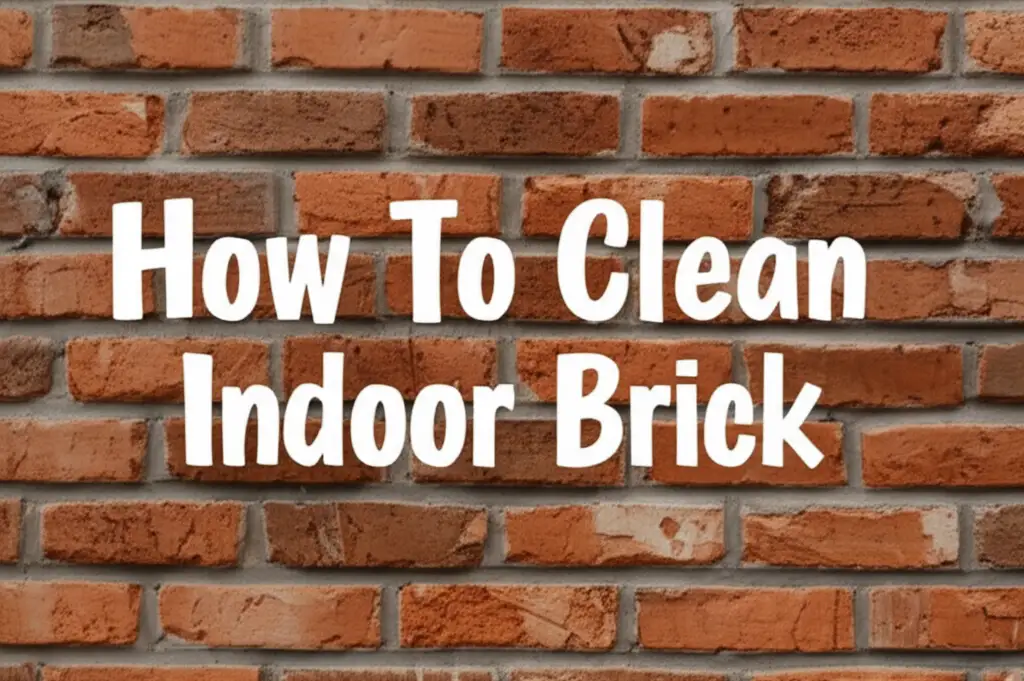· Home Care · 16 min read
How To Clean Vinyl Siding
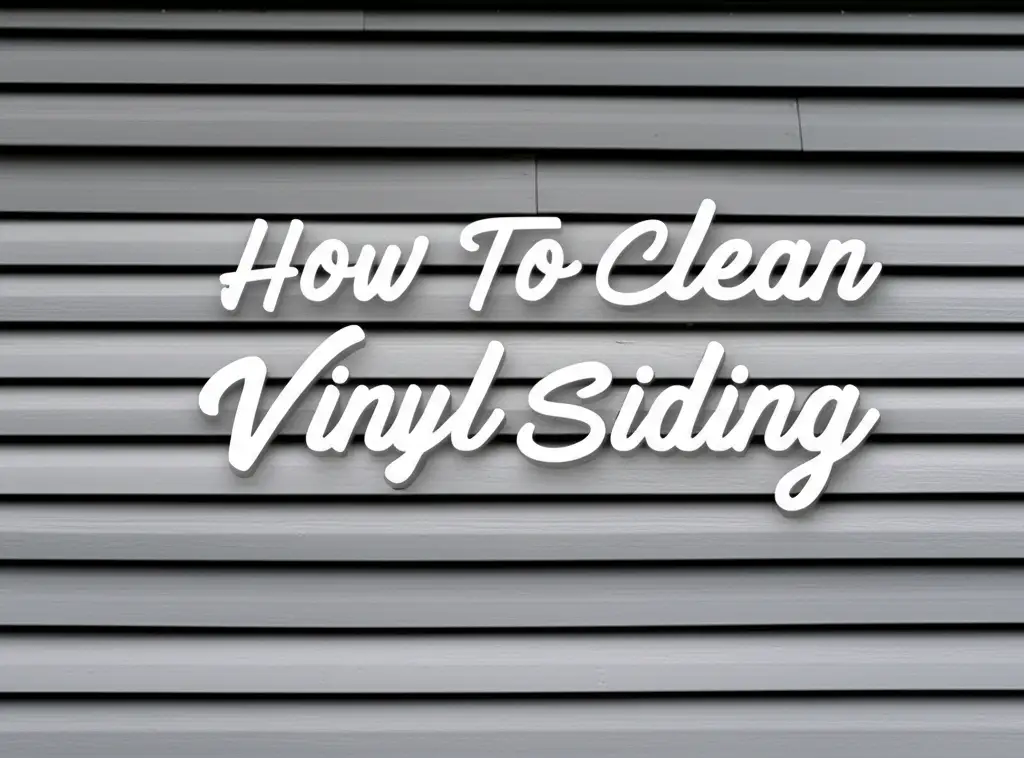
How to Easily Clean Vinyl Siding for a Spotless Home
Is your home’s exterior looking dull? Dirty vinyl siding can significantly impact your curb appeal. I often see homes where the siding has lost its original luster, covered in grime, mold, or mildew. Knowing how to clean vinyl siding is important for maintaining your home’s beauty and preventing long-term damage.
This guide will show you the best ways to clean your vinyl siding. We will cover everything from essential tools to effective cleaning solutions. You will learn about safe cleaning methods, including manual scrubbing and using a pressure washer. I will also share tips for dealing with tough stains and keeping your siding clean for longer. Let’s make your home shine again.
Takeaway
- Gather the right tools and cleaning agents before you begin.
- Always test cleaning solutions on a small, hidden area first.
- Rinse siding thoroughly from bottom to top, then top to bottom.
- Address stubborn mold and mildew with specific treatments.
- Consider regular cleaning to prevent buildup.
How to Clean Vinyl Siding
You can clean vinyl siding effectively by starting with a good rinse, applying a suitable cleaning solution with a soft brush or cloth, scrubbing gently to remove dirt and stains, and then rinsing the entire surface thoroughly.
Why Keeping Your Vinyl Siding Clean Matters
Vinyl siding is a durable and low-maintenance material. Yet, it still needs regular cleaning. Over time, dirt, dust, pollen, and environmental pollutants collect on the surface. These elements make your siding look dirty and dull. Neglecting cleaning can also lead to more serious issues.
Mold, mildew, and algae thrive in damp, shaded areas. They can grow on your siding, creating unsightly green or black patches. These growths not only look bad but can also cause deterioration of the siding material over many years. Regular cleaning prevents this buildup. It helps keep your siding in good condition. A clean home exterior also adds to your property’s value. It makes a strong first impression. I find that a clean exterior makes coming home much more pleasant. It just feels good.
Cleaning your vinyl siding protects your investment. It extends the life of the material. It also helps you spot any minor damage early. This allows for quick repairs before problems get bigger. Regular maintenance is key to long-lasting beauty.
Gather Your Tools and Essential Materials
Before you begin to clean vinyl siding, prepare all your tools and materials. Having everything ready saves time and effort. You will need a few basic items. These items make the cleaning process easier and safer. I always make sure I have my gear laid out before starting any cleaning project.
Here is a list of what you will need:
- Garden Hose with a Spray Nozzle: This is for rinsing. A strong spray helps dislodge loose dirt.
- Soft-Bristle Brush or Car Wash Brush: Use this for scrubbing. Avoid stiff brushes that can scratch the vinyl. A long-handled brush is helpful for reaching high areas.
- Two Buckets: One for your cleaning solution and one for rinse water.
- Cleaning Solution: You can use a commercial cleaner or a homemade mix. We will discuss options next.
- Gloves and Eye Protection: Protect your hands and eyes from cleaning solutions. Safety is always important.
- Ladder (Optional, but Recommended for High Areas): Ensure the ladder is stable. Position it on firm, level ground. Have someone hold it for you if possible.
- Pressure Washer (Optional): If you choose to use one, ensure it is a low-pressure setting. We will cover pressure washing in detail. You can learn more about this method in our guide on how to clean vinyl siding with a pressure washer.
Having these items ready prevents interruptions. It allows you to focus on the task. Proper preparation sets you up for a successful cleaning job.
Best Cleaning Solutions for Vinyl Siding
Choosing the right cleaning solution is important for effective vinyl siding cleaning. You have options, from simple homemade mixes to specialized commercial products. The best choice depends on the type and severity of the dirt. I prefer starting with the gentlest method first.
Homemade Cleaning Solutions
Many common household items make excellent vinyl siding cleaners. These options are budget-friendly and often eco-friendly.
White Vinegar Solution:
- Mix 70% water and 30% white vinegar.
- Vinegar is a natural disinfectant and mold killer.
- It is safe for plants and pets when diluted properly.
- This mix works well for light dirt and general grime.
Dish Soap Solution:
- Add a few squirts of mild liquid dish soap to a bucket of warm water.
- Dish soap is great for cutting through grease and everyday dirt.
- It is gentle on the siding and easy to rinse.
Oxygen Bleach Solution:
- Mix one scoop of oxygen bleach (like OxiClean) per gallon of water.
- Oxygen bleach is effective for mildew, mold, and tough stains.
- It is color-safe and less harsh than chlorine bleach.
- This is a good choice if you have stubborn organic growth.
Commercial Vinyl Siding Cleaners
If homemade solutions are not enough, commercial cleaners offer stronger formulas. These products are designed specifically for vinyl siding.
- Ready-to-Use Cleaners: Many brands offer cleaners that attach directly to your garden hose. They are convenient and easy to apply.
- Concentrated Formulas: These require dilution with water. They often contain degreasers and mold inhibitors.
- Environmental Considerations: Look for “eco-friendly” or “biodegradable” labels. These options reduce harm to your landscaping.
Always read the instructions on commercial cleaners carefully. Test any solution, homemade or commercial, on a small, hidden area of your siding first. This ensures it does not cause discoloration or damage. I always do a test spot to avoid surprises.
Manual Cleaning Method: Brush and Bucket Approach
The manual cleaning method is effective for most vinyl siding. It is especially good for light to moderate dirt. This method gives you control over the cleaning process. It is also safer for your siding than high-pressure washing. I often use this method for a thorough clean.
Follow these steps for a successful manual cleaning:
Prepare the Area:
- Move any outdoor furniture, grills, or decorations away from the house.
- Cover plants, shrubs, and flowers near the siding with plastic sheets. This protects them from cleaning solutions.
- Close all windows and doors tightly.
- Turn off any outdoor electrical outlets.
Pre-Rinse the Siding:
- Use your garden hose with a spray nozzle.
- Rinse the entire siding surface from the bottom up.
- This helps loosen surface dirt and prevents streaking. It also wets the siding, which helps the cleaning solution spread evenly.
Apply the Cleaning Solution:
- Pour your chosen cleaning solution into one of your buckets.
- Start at the bottom of the siding. Work your way up in sections.
- Apply the solution with your soft-bristle brush, sponge, or a clean cloth.
- Let the solution sit for 5-10 minutes. Do not let it dry on the siding. Re-wet if needed.
Scrub the Siding:
- Gently scrub the treated section with your soft-bristle brush.
- Use circular motions or scrub along the grain of the siding.
- Apply mild pressure. Avoid harsh scrubbing that could damage the vinyl.
- Pay extra attention to areas with visible dirt, mold, or mildew. If you encounter mold, our article on how to clean mold off siding offers specific guidance.
Rinse Thoroughly:
- Rinse the scrubbed section immediately, working from the top down.
- Use clean water from your garden hose.
- Ensure all cleaning solution is removed. Leftover solution can leave streaks or residue.
- Overlap your rinsing slightly with the next section. This prevents visible lines.
Work in Sections:
- Clean and rinse one manageable section at a time.
- This prevents the cleaning solution from drying on the siding.
- Move around your house, repeating the process until all siding is clean.
This manual method is labor-intensive but provides excellent results. It gives you direct control over cleaning tough spots. It is a very safe way to clean your vinyl siding.
Pressure Washing Vinyl Siding: Tips for Safe Use
Using a pressure washer can significantly speed up the vinyl siding cleaning process. However, it requires careful handling to avoid damaging the siding. High pressure can force water behind the panels, causing mold growth or even detaching the siding. I advise caution when using this tool.
Here are key tips for safe pressure washing:
Use the Right Nozzle:
- Always choose a wide-angle nozzle. A 25-degree or 40-degree tip is ideal.
- Never use a zero-degree (red) nozzle. This concentrated stream can cut through siding.
- Some pressure washers come with a fan-spray soap nozzle. This is good for applying cleaner.
Adjust Pressure Settings:
- Vinyl siding typically requires low pressure. Aim for 1200-1500 PSI (pounds per square inch).
- Many electric pressure washers are naturally at a lower PSI, making them safer.
- If your washer has adjustable settings, set it to the lowest effective pressure.
Maintain Distance:
- Hold the spray wand at least 18-24 inches away from the siding.
- Moving closer increases pressure. This can damage the vinyl.
- Keep the spray moving constantly. Do not hold it in one spot.
Spray Downwards:
- Always spray downwards, at a slight angle.
- This directs water with the grain of the siding panels.
- Spraying upwards can force water into the seams and behind the siding. This causes moisture problems.
Apply Cleaner (If Applicable):
- Many pressure washers have a detergent tank or siphoning tube.
- Fill it with a compatible vinyl siding cleaner.
- Apply the cleaner using a low-pressure setting. Allow it to dwell as per product instructions.
- Rinse thoroughly from top to bottom after the dwelling time.
Test a Small Area First:
- Always test your pressure washer settings on an inconspicuous area.
- This confirms the pressure is not too high. It also checks if the cleaner is safe for your siding.
Watch for Hazards:
- Be careful around windows, doors, and electrical fixtures. Water can enter cracks or damage components.
- Avoid spraying directly into soffit vents or electrical boxes.
- Wear safety glasses and closed-toe shoes.
While a pressure washer speeds up cleaning, manual scrubbing may still be needed for very stubborn spots. Combine methods if necessary. Using a pressure washer correctly protects your home. It ensures a sparkling clean finish. For more details on pressure washing specific vinyl surfaces, you might find our guide on how to clean vinyl window frames helpful, as similar principles apply.
Tackling Stubborn Stains: Mold, Mildew, and Chalking
Sometimes, general cleaning solutions are not enough. Vinyl siding can develop specific stains that require targeted treatment. Mold, mildew, and chalking are common culprits. Knowing how to handle them keeps your siding looking its best.
Removing Mold and Mildew
Mold and mildew appear as black, green, or brown spots. They thrive in damp, shaded areas. These growths not only look bad but can also harm your siding over time.
Bleach Solution: For tough mold and mildew, a solution of one part oxygen bleach to four parts water is very effective. Chlorine bleach can also be used, but oxygen bleach is generally safer for plants and colors.
- Apply the solution to the affected areas.
- Let it sit for 10-15 minutes.
- Scrub with a soft brush.
- Rinse thoroughly with clean water.
- Always test this solution on a small, hidden area first to ensure no discoloration.
Commercial Mold Removers: Many products are designed specifically to kill and remove mold and mildew from outdoor surfaces. Follow product instructions carefully. They often contain fungicides that prevent regrowth. Remember, safety gear is important when using these products.
Addressing Chalking
Chalking is a white, powdery residue on your vinyl siding. It happens as the siding ages. The outer layer of the vinyl slowly breaks down. This residue transfers to your hands or clothes if you touch it.
- Mild Detergent and Scrubbing: Chalking usually comes off with a good scrub using a mild detergent and water solution.
- Use a soft-bristle brush.
- Apply the solution.
- Scrub the chalky areas firmly but gently.
- Rinse well. You may need to repeat this process for heavily chalked areas.
- Specialized Cleaners: Some commercial vinyl siding cleaners are formulated to help reduce chalking. These can be useful for extensive chalking.
It’s important to remember that some chalking is a natural part of vinyl siding aging. While cleaning helps, it may not completely eliminate it. Persistent mold issues might indicate underlying moisture problems. Address these issues to prevent recurring growth. Keep an eye on shaded parts of your house. These areas are more prone to mold and mildew. This proactive approach ensures your vinyl siding remains clean.
Post-Cleaning Care and Maintenance Tips
Cleaning your vinyl siding is a major step. However, what you do after cleaning and in between cleanings also matters. Proper post-cleaning care and ongoing maintenance help keep your siding looking fresh for longer. It also protects your investment. I always emphasize preventive measures.
Here are some important tips:
Inspect Your Siding:
- After cleaning, take time to inspect your siding thoroughly.
- Look for any loosened panels, cracks, or damage.
- Cleaning often reveals issues that were hidden by dirt.
- Address these small problems quickly to prevent bigger issues.
Ensure Proper Drainage:
- Check your gutters and downspouts. Make sure they are clear and direct water away from your house.
- Poor drainage can lead to excessive moisture on your siding. This promotes mold and mildew growth.
- Directing water away reduces the frequency of necessary cleanings.
Trim Vegetation:
- Keep trees, shrubs, and bushes trimmed away from your siding.
- Overhanging branches can drip sap and debris onto the siding.
- Plants too close to the house can trap moisture. This creates a prime environment for mold and mildew.
- Allowing good airflow around your house keeps the siding drier.
Regular Light Rinsing:
- Between deep cleanings, give your siding a light rinse with a garden hose.
- Do this every few months, especially after pollen season or heavy winds.
- This helps prevent dirt and dust from building up and becoming ingrained.
- It also removes light pollen and environmental debris.
Address Stains Promptly:
- If you notice a new stain, try to clean it as soon as possible.
- Fresh stains are much easier to remove than old, set-in ones.
- A quick spot treatment can save you from a full cleaning later.
Consider a Protective Coating (Use with Caution):
- Some products claim to add a protective layer to vinyl siding.
- Research these products thoroughly before applying.
- Ensure they are specifically designed for vinyl and will not cause discoloration.
- I generally recommend simple cleaning over coatings for most homes.
By following these maintenance tips, you extend the life of your clean siding. You will enjoy a beautiful home exterior with less effort in the long run. Consistent care makes a big difference.
Safety First: Essential Precautions for Siding Cleaning
Cleaning your vinyl siding can be a big job. It often involves water, cleaning solutions, and working at heights. Prioritizing safety is essential. I always put safety first to prevent accidents.
Here are crucial safety precautions to follow:
Read Product Labels:
- Always read the instructions and warnings on all cleaning solutions.
- Pay attention to dilution ratios, application methods, and safety gear requirements.
- Some chemicals can be harmful if misused.
Wear Protective Gear:
- Eye Protection: Goggles or safety glasses protect your eyes from splashes of water or cleaning solutions.
- Gloves: Chemical-resistant gloves protect your hands from harsh detergents and prevent skin irritation.
- Long Sleeves and Pants: Wear clothing that covers your skin. This protects against splashes and potential skin contact with cleaners.
- Closed-Toe Shoes: Protect your feet from falling objects or spills. Avoid open-toed shoes or sandals.
Ladder Safety:
- If using a ladder, ensure it is in good condition. Check for loose rungs or damaged feet.
- Place the ladder on a firm, level surface. Do not place it on uneven ground.
- Angle the ladder correctly. For every four feet of height, the base should be one foot away from the wall.
- Maintain three points of contact (two hands and one foot, or two feet and one hand) when climbing or working.
- Do not overreach. Move the ladder instead of stretching.
- Have someone hold the ladder if possible, especially on taller ladders.
Electrical Safety:
- Turn off power to all outdoor outlets before you start.
- Avoid spraying water directly into electrical boxes, light fixtures, or outlets.
- If using an electric pressure washer, use a GFCI (Ground Fault Circuit Interrupter) outlet.
- Keep all electrical cords away from standing water.
Protect Your Landscape:
- Cover plants and shrubs with plastic sheeting before applying cleaners.
- Rinse plants thoroughly with plain water before and after cleaning the siding. This helps dilute any runoff from the cleaning solution.
- Choose eco-friendly cleaners whenever possible to minimize environmental impact.
Weather Conditions:
- Choose a cloudy day for cleaning. This prevents the cleaning solution from drying too quickly on the siding, which can leave streaks.
- Avoid cleaning on windy days. Wind can spray cleaning solutions onto unintended areas.
- Ensure the temperature is above freezing to prevent water from freezing on the siding.
By taking these safety steps, you can complete your vinyl siding cleaning project without incident. Your safety is paramount. Always prioritize it.
Frequently Asked Questions About Cleaning Vinyl Siding
How often should I clean my vinyl siding?
Most experts recommend cleaning vinyl siding at least once a year. If you live in an area with high pollen, dust, or humidity, you might need to clean it more often. Cleaning every spring helps remove winter grime and prepare your home for warmer months.
What is the best homemade cleaner for vinyl siding?
A mixture of 70% water and 30% white vinegar is an excellent homemade cleaner. It is effective for general dirt and light mildew. For tougher stains, adding a few drops of dish soap or using an oxygen bleach solution (one scoop per gallon of water) works well.
Can I use a pressure washer on vinyl siding?
Yes, you can use a pressure washer, but with caution. Always use a low-pressure setting (under 1500 PSI) and a wide-angle nozzle (25-40 degrees). Keep the wand at least 18-24 inches from the siding and spray downwards to avoid forcing water behind the panels.
How do I remove black mold from vinyl siding?
For black mold, a solution of one part oxygen bleach to four parts water is very effective. Apply it, let it sit for 10-15 minutes, then scrub with a soft brush and rinse thoroughly. Commercial mold removers are also available and provide strong cleaning power.
Will cleaning vinyl siding remove chalking?
Cleaning vinyl siding can reduce chalking. Chalking is a white, powdery residue from aging vinyl. A mild detergent solution with a soft brush, followed by thorough rinsing, often helps. Some specialized cleaners also target chalking, but complete removal may not be possible as it is a natural aging process.
What causes streaks after cleaning vinyl siding?
Streaks usually occur when the cleaning solution dries on the siding before being fully rinsed off. To prevent this, work in small sections and rinse immediately from top to bottom. Cleaning on a cloudy day also helps, as it slows the drying process.
Conclusion
Cleaning your vinyl siding is a fundamental part of home maintenance. It greatly improves your home’s appearance and helps protect your investment. We have covered everything you need to know, from gathering the right tools to choosing the best cleaning solutions. Whether you opt for a gentle manual scrub or a careful pressure wash, remember to prioritize safety. Dealing with stubborn stains like mold and mildew might require specific treatments.
By following these simple steps, you can keep your vinyl siding looking new for years. Regular cleaning and attention to maintenance details prevent major issues. Your home will always look its best. Now, go make your home shine!
- vinyl siding cleaning
- exterior home cleaning
- siding maintenance
- house washing
- DIY cleaning

